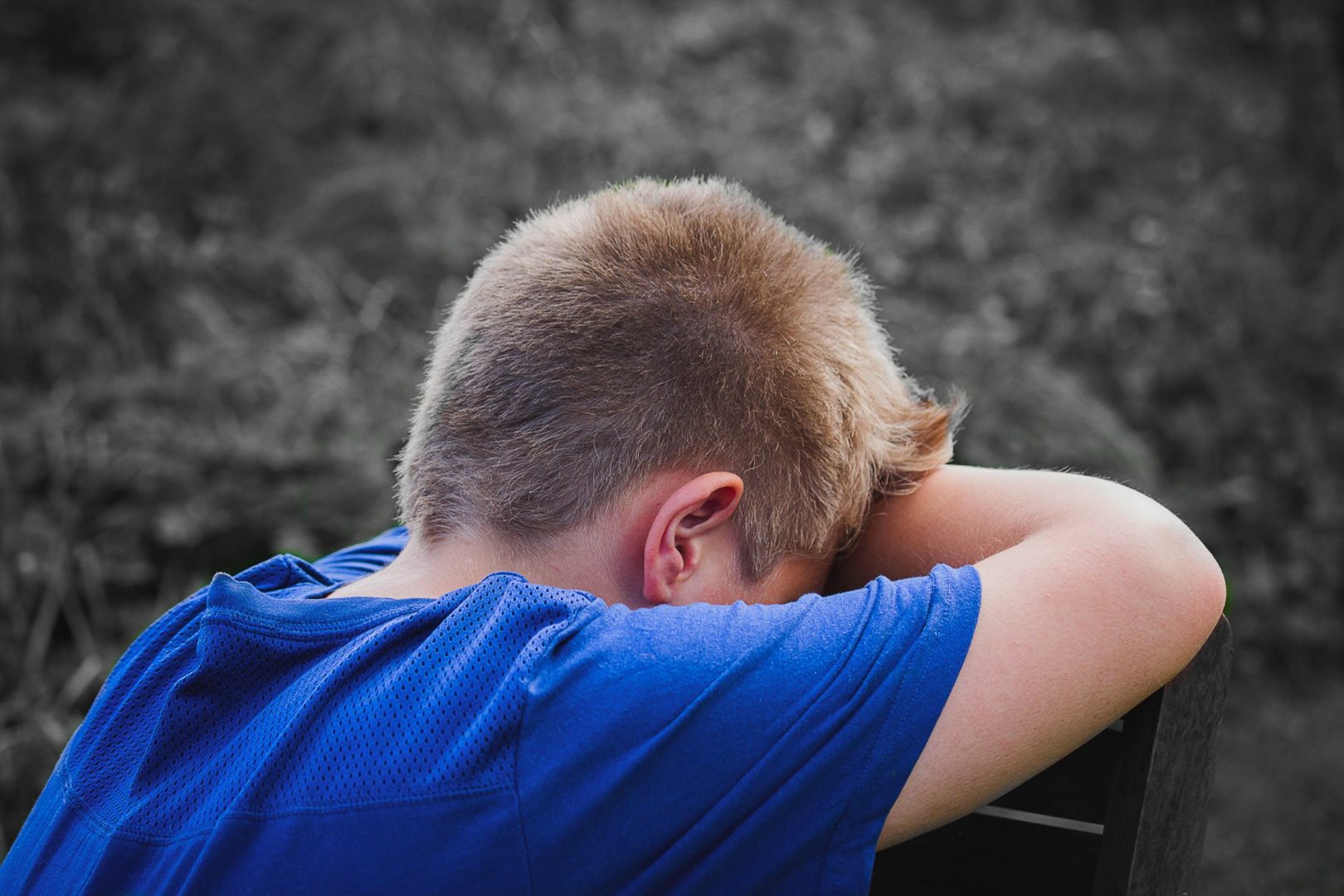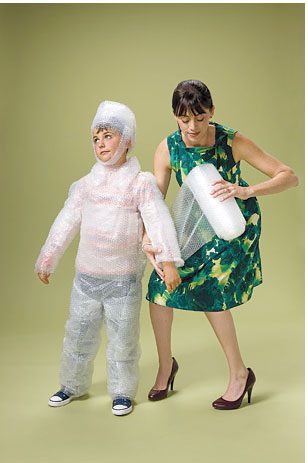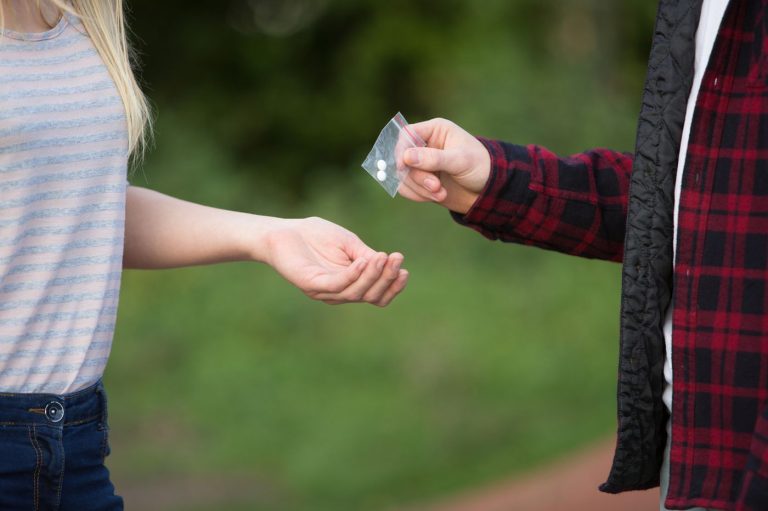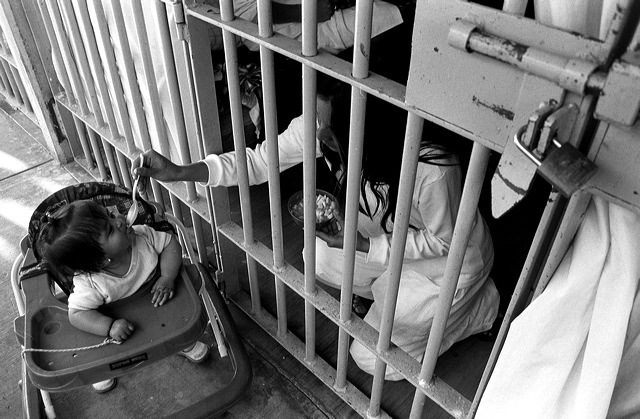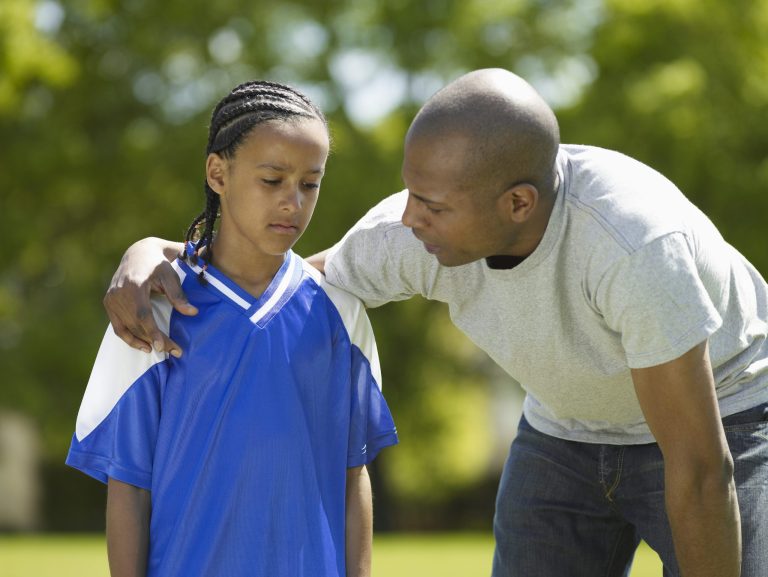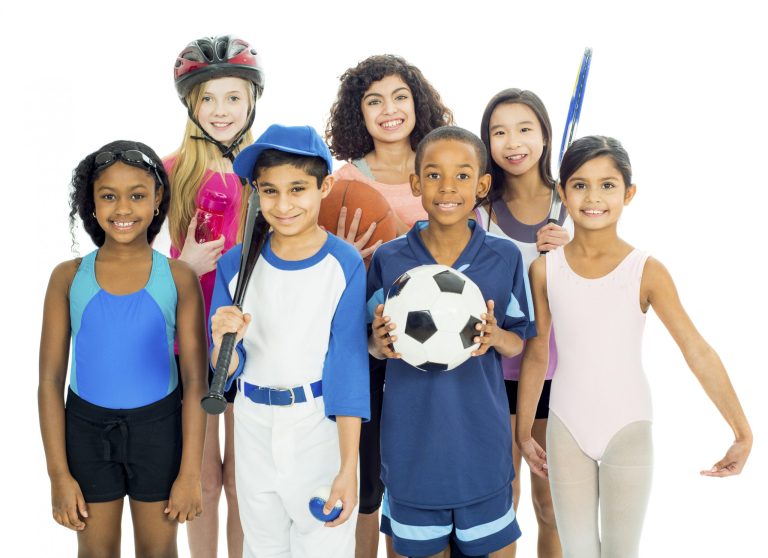Bullied children: what can be done to improve their outcomes
Being bullied is not as rare as one might think – according to an Australian study, approximately 16% of children experience bullying on a weekly basis. The outcomes for these children are disastrous and far-reaching: they suffer from low self-esteem, experience depressive symptoms and often request school nonattendance in order to avoid further bullying.
Bullying can take various forms. It can be direct and manifest in form of physical violence. There is also indirect and less visible form of bullying, such as exclusion or rumour spreading. Both forms can impact child’s development and result in consequences that can persist for years to come. Needless to say, sometimes it is not easy to realize what is happening to your child, especially since they are not likely to share with adults how bullying affects them. What can you think of as a parent to equip your child with capabilities to resist bullying and help bystanding children as well?
Firstly, it is important to know that children are well aware of the so-called victim status and who gets bullied by whom. It means that children make a conscious decision on whether to help someone or not and consider a lot of things beforehand, e.g. how their status might change when they decide to take action.
Secondly, whether bystanders decide to help or not depends on the services available. If children are aware of strong no-bullying policy and teachers are ready to listen and react, chances are high that occurences of bullying are not common in a given school.
Thirdly, helping is also dependent on whether the bullied child has friends. Friends are invaluable – even a provision of emotional support after the bullying happened changes a lot in terms of recovery and child’s psychological outcomes. Victims of bullying are also more likely to seek help from peers rather than adults. It is therefore important your child has a strong support network and friends to turn to. Being able to make friends and maintaining these relationships is challenging in all stages of our lives, but knowing how sociable humans are, you should try and encourage your child to build healthy and rewarding friendships. Do not choose friends for your child, rather, discuss with him or her what is important to them and how to communicate in a respectful and open manner.
Fourthly, even though usually only a few children have the courage to offer help, their actions result in discontinuation of bullying. That means your child’s support network can have a lot of power in changing the victim status. Nonetheless, in a Finnish study victimized children between ages 10 and 12 reported that 28% of them did not receive any form of help from their peers. Bullying makes children feel ostracized and alienated, so it is important that child knows how to protect him or herself, too. It might mean involving adults, talking about it and not reacting to provocative situations.
Being defended by peers means that bullied child receives help, as well as prevents bullying from further occurrence. Even if your child is not a victim, it might be worthy to consider discussing this topic together and how one can take a pro-social action to help peers. After all, we might need to count on others help one day, too, and being helpful ourselves might be the best way of ensuring we will not be forgotten if we ever need help. If your child suffers from bullying, consider seeking professional help as well as peer support programs such as communication circles, where he or she can make friends and receive support.
Bibliography: Rigby, Ken, & Bortolozzo, Giulio. (2013). How Schoolchildren’s Acceptance of Self and Others Relate to Their Attitudes to Victims of Bullying. Social Psychology of Education: An International Journal, 16(2), 181-197.
Gosia Cybulska is a Clinical Psychology Master student at Leiden University and an International Intern at Willingness. Besides her extensive love for Psychology manifested by volunteering at various facilities as well as pursuing a second degree, she also strives to learn more about what makes cats such adorable creatures.

